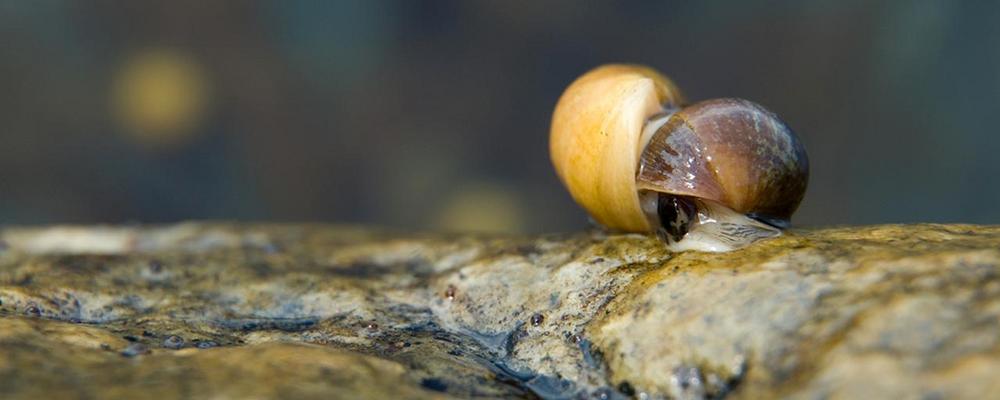
Reproductive isolation at contact zones
Speciation is important because it increases biodiversity. For a long time, researchers proposed that new species could be formed only if two populations were separated by a physical barrier over a very long period of time, but today, there are many examples of species being formed without isolation, such as during ongoing genetic exchange. Understanding how reproductive barriers can still develop is an intriguing question for speciation researchers.
This thesis examines what happens in species with populations that are genetically different and meet at a contact zone, a boundary area between the two populations. The thesis investigates reproductive barriers that exist between two different forms of Littorina saxatilis, an intertidal marine snail, and I have analyzed data on reproductive barriers found in several marine species around the mouth of the Baltic Sea.
In a review of reproductive barriers in 23 different species, including cod, herring and plaice, it was found large genetic differences between the Baltic Sea populations and the North Sea populations. These differences are maintained partly because the populations survive differently in different salinities and partly because their reproduction is separated in time or space, or both.
For the Littorina saxatilis snail, which is common in the Atlantic along the coasts of both Europe and North America, two different populations or ecotypes have formed under ongoing genetic exchange, according to previous research. This thesis shows that the size of intertidal marine snails is important not only for survival but also for mating. Mating is more common between snails of similar sizes and that small males have more matings. Both of these factors help to counteract gene exchange between the large Crab snails and the smaller Wave snails when they meet both inside and outside the contact zones.
More about the thesis
Title: Reproductive isolation at contact zones
Author: Samuel Perini
Department: Department of Marine Sciences
Year: 2021
Supervisors: Roger Butlin, Kerstin Johannesson and Anja Westram